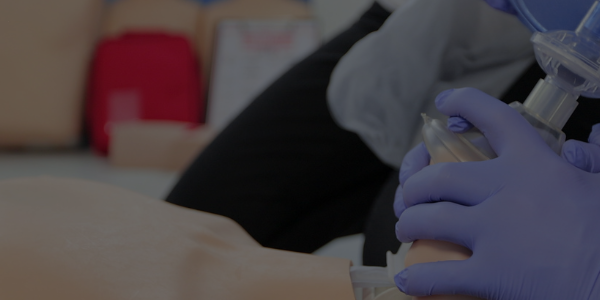What is Compression?
Compression is a condition in which an injury to the brain or spinal cord causes nerve fibers to be squeezed together.
This prevents the nerves from functioning properly and can result in a loss of feelings in the area affected.
Compression is likely to occur in the lower limbs and trunk, but it can also affect the arms and hands.
It may cause some degree of paralysis (loss of movement).
Compression occurs when pressure is put on a nerve pathway by something other than normal body tissue. This can be caused by any of the following:
- A slipped (herniated) disc, where part of a disc bulges into the spinal canal.
- Bone spurs (osteophytes), which are bony growths that develop on joints or along the spine, which may compress nerves as they exit the spine.
- An abnormal curvature of the spine, such as scoliosis, kyphosis, or lordosis.
- Spinal stenosis, where narrowing of the spinal cord puts pressure on it and nearby nerves.
- Any infection or tumour that grows near a nerve pathway can also cause compression.
Compression is a form of damage to the nervous system which occurs when a nerve is put under too much pressure. This can cause the sufferer to experience pain and other symptoms, including weakness in some muscles.
The most common cause of compression is called nerve entrapment.
This happens when the nerve gets trapped by surrounding tissue or bone.
The nerves in any part of the body can be affected in this way, but it most often happens in the arms and legs.
In some cases, it’s possible for a compressed nerve to recover by itself over time.
Although this may take several months or even years.
However, many people will require treatment from their GP or a specialist.
If you do need treatment, it’s very important to start this as soon as possible after your symptoms first appear.
The symptoms of a compression injury may vary depending on what structures are damaged.
A direct blow to the lateral side of the knee might result in pain and swelling along this area immediately after injury.
Over time, however, patients may notice swelling around the entire knee joint.
Other symptoms that may be present include locking or catching of the joint.
Weakness and instability when walking, and difficulty fully straightening or bending the knee.
Please note that regular First Aid and CPR Training is the best way to make sure that you’re prepare in the case of an emergency. Book a course with us!
Find this article useful? Read more of our blogs here!





